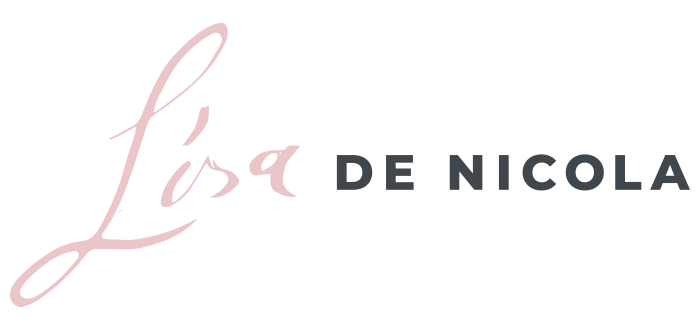When we’re first learning something, over time and with experience we’re expected to get ‘better.’ Practice makes perfect as they say. Yet we’re bound to develop bad habits and blind spots. Whether it’s driving, playing a sport or learning a new skill. We let some of the ‘best practices’ we’ve learned fall through the cracks.
Not because we’re trying to be bad at something, but maybe we found a shorter, quicker way of doing something. We can’t be bothered following 10 steps to (fill in the blanks) when you can get it done in 3.
When it comes to leadership, bad habits can develop over time and create blind spots that get in the way of the way we lead. The more complex challenges leaders often are faced with usually doesn’t offer a quick way of helping others nor is there a perfect way. We show up and step into providing guidance that supports those in our charge in the best way we know how.
I thought about this as I was having brunch with a friend I met at a networking event. She’s early in her career and trying to figure out her next steps. A mentoring moment to say the least and an interesting conversation we had around leadership and her aspirations to step into a leadership role.
Her perception of being in a leadership role included having to play what she called counsellor which she wasn’t comfortable doing. She wanted to work leading from up top. Without having to deal with the sometimes unexpected issues that can arise with employees.
Particularly when it came to offering guidance on challenges outside of the workplace, she felt her team should be able to figure it out for themselves.
I challenged her on her perspective and was curious to learn more behind her thinking. So I asked her a few questions one being,
“What does support look like for you?”
Her answer was simple. She rarely asked for support. Whenever she was dealing with something she may share a little with her partner but even he wasn’t privy to the full extent of any challenge she would face. She was used to not asking for any help. Most of the time she would just try to work through any challenges on her own.
In talking through this with her, she was able to recognize that she was projecting an aspect of herself she struggles with (asking for support in times of need) and had a skewed perspective of what leadership looked like.
She ultimately didn’t feel confident or comfortable with the idea of offering support or guidance to someone she manages. It was clear that if she wasn’t permitting herself to ask for support when she needed it, how can she be in a place to offer it to someone else in need?
The truth is, you can never fully be prepared for the challenges that your employees may come to you with. It would also be foolish to assume that it’s always work-related. Our lives are much fuller with other aspects that include our families, relationships, our health and well-being and so on. Work makes up one aspect of our lives contrary to how it may look for some!
Inevitably, what goes on at home and in our personal lives can show up in the workplace. Sometimes it’s not always in the most obvious of ways.
No leader is ever going to be perfect in how they can offer guidance and support. They may not even know where to start which is fair. Your job is simply to be open and willing to be the go-to for that support when and if it’s called for.
Sometimes the best thing you can do is simply hold space for someone else who may just need you to listen without judgement.
So how do you know if you even have a blind spot and what do you do to remove them?
- Do the inner work. Checking your blind spots means getting honest with yourself and asking the hard questions. Where in your own life are you limiting yourself, holding yourself back or challenged with? How does that show up in the way you lead? When you take a magnifying glass to yourself, you’ll be able to see where you may be projecting some of your own issues in the way you lead.
- Work with a Coach. It’s what I do and with great joy.? Sometimes we’re too close to our issues and need an objective partner to help us work through our blind spots.
- Seek out guidance from another leader you trust and admire. Who do you know is a great leader and feel you can learn from? Don’t underestimate the value of turning to peers you respect and who can offer honest, constructive feedback.
Leadership can be messy and it’s never a straight line. To be the best version of yourself both in and outside the workplace means being brave enough to hold up a mirror to yourself and to get out of your own way.
To have the courage to check your blind spots so you can lead others as the leader you wish you had.
Here’s a question for you:
How have you evolved your leadership to be of better service to the people in your charge? What did you have to change about yourself to step into that version of who you are?
Please don’t be shy and let me know in the comments below!
Lisa xo





